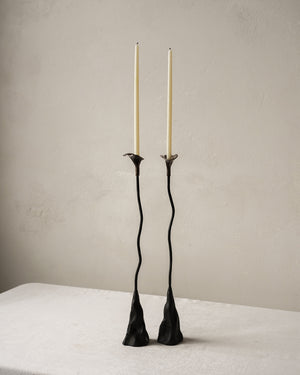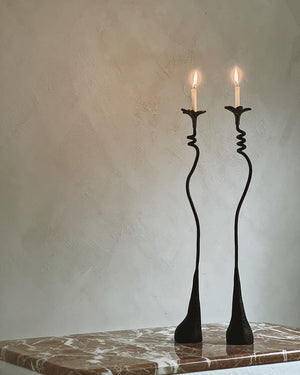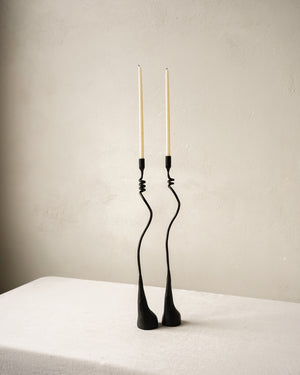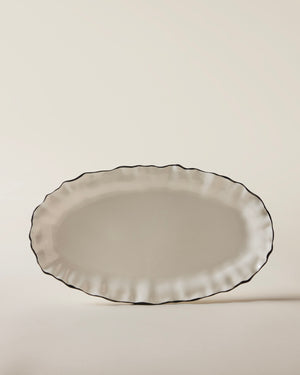FRANK LLOYD WRIGHT
|
Image courtesy of Robert Phillips/Everett Collection |
Frank Lloyd Wright is arguably the most prolific American architect of the 20th century, designing 1,114 architectural works - 532 of which were built - throughout his lifetime. Yet while his design and cultural influence are uncontested, Wright's difficult reputation, societal controversies, and eccentric style cast a shadow over his undeniable genius, making him a polarizing figure of the time (Think: Kanye). However, the astounding breadth of his work, which grew well beyond his architecture practice to include interior, furniture, product, textile, and graphic design, solidified his place in history.
|
Darwin D. Martin House in Buffalo, New York |
 Unity Temple in Oak Park, Illinois
|
Pope-Leighey House in Alexandria, Virginia |
Wright's interest in design developed when he was a child playing with Frobel building blocks, their geometric shape encouraging creative problem-solving and ingenuity. His professional career began in Chicago in 1887 and by the age of 26, Wright was working on his own. A leading force behind the turn-of-the-century American architectural movement called Prairie School - recognized for its radical and economical approach to building modern homes, wherein comfort, convenience, and spaciousness were prioritized - Wright's work was consistently holistic: “In organic architecture then, it is quite impossible to consider the building as one thing, its furnishings another, and its setting and environment still another. The spirit in which these buildings are conceived sees all these together at work as one thing.”
|
"THE GOOD BUILDING IS NOT ONE THAT HURTS THE LANDSCAPE, BUT ONE WHICH MAKES THE LANDSCAPE MORE BEAUTIFUL THAN IT WAS BEFORE THE BUILDING WAS BUILT" - Frank Lloyd Wright |
Taliesen East in Spring Green, Wisconsin |
 The Avery Coonley House in Riverside, Illinois
|
Each build was a nod to nature, with projects requiring unique materials that blended into the site's environment. Credited for developing the Usonian Style, a precursor to the popular ranch style, Wright's homes centered largely around expansive communal living areas. The ideal established a new standard for suburban design in the United States.
|
Interior of the Paul Olfelt House in St. Louis Park, Minnesota |
|
The dining area at Hollyhock House in Los Angeles, California |
Interior of the John Storer House in Los Angeles, California |
|
Cyprus Plywood Chair and Side Tables by Frank Lloyd Wright |
|
Taliesen Table Lamp by Frank Lloyd Wright |
Revolving Armchair by Frank Lloyd Wright |
Besides a focus on organic design, the most consistent theme throughout Wright's work was his steadfast individualism. While his work is distinctly recognizable, his "style" evolved dramatically over his career - from Prairie Style, to his Mayan Revival work in California, to Usonian. He seemed to always be on the cusp of the next creative trend, if he wasn't in the process of introducing the trend himself.
|
Dorothy H. Turkel House in Detroit, Michigan |
 Millard House in Pasadena, California
|
Ennis House in Los Angeles, California |
|
David and Gladys Wright House in Phoenix, Arizona |
|
Taliesen West in Scottsdale, Arizona |
Beyond his work with private residences, some of Wright's most notable works were his commercial and public use buildings like the Guggenheim Museum in New York City and The Marin County Civic Center. With a career that spanned 70 years, and took Wright from the Midwest to California, New York to Arizona, Germany to Japan and back again, one must merely look to the work to understand the greatness of Wright's mind.
|
SC Johnson Chicago Office |
|
The Marin County Civic Center in San Rafael, California |
|
Solomon R. Guggenheim Museum in New York City |
|
FLW at the site of The Marin County Civic Center build |


























